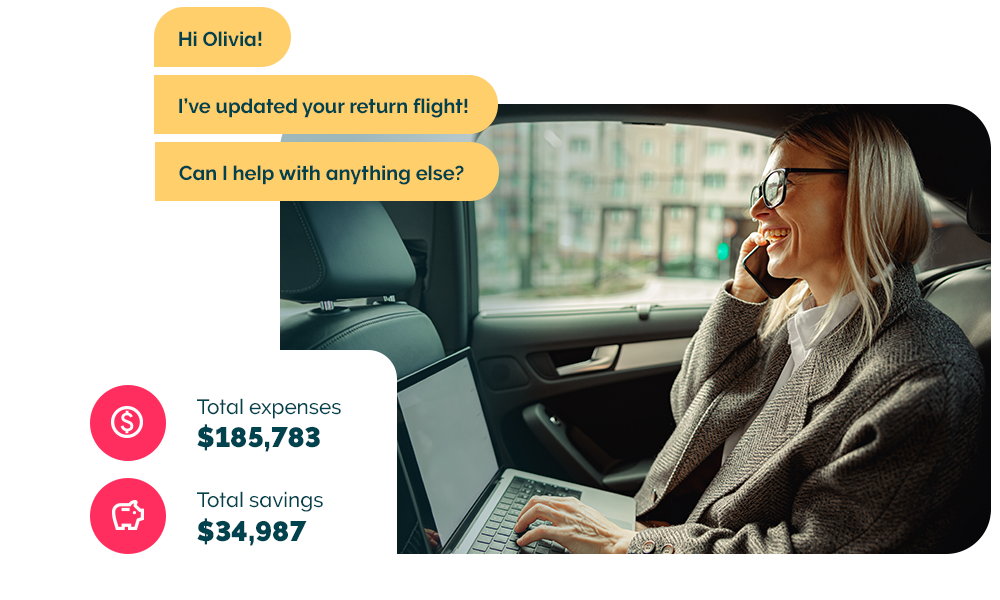
Take your policy from drab to fab
Does your corporate travel policy feel outdated, overwhelming, or just plain boring? It's time for an upgrade. Whether it’s a few lines buried in an email or a sprawling document no one reads, your travel policy should work smarter, not harder.
Let’s dive into how you can elevate your company’s travel program, streamline processes, and keep business travellers happy—all while saving money.

It's time for better business travel management.
With the perfect balance of modern travel technology and dedicated experts, you really can have the best of both worlds.
- Dedicated travel consultant
- Intuitive all-in-one travel platform
- Search, book, and report in minutes
- 24/7 emergency support & live chat
- Traveller tracking & duty of care dashboard
- Exclusive Deals, negotiated rates, and more!